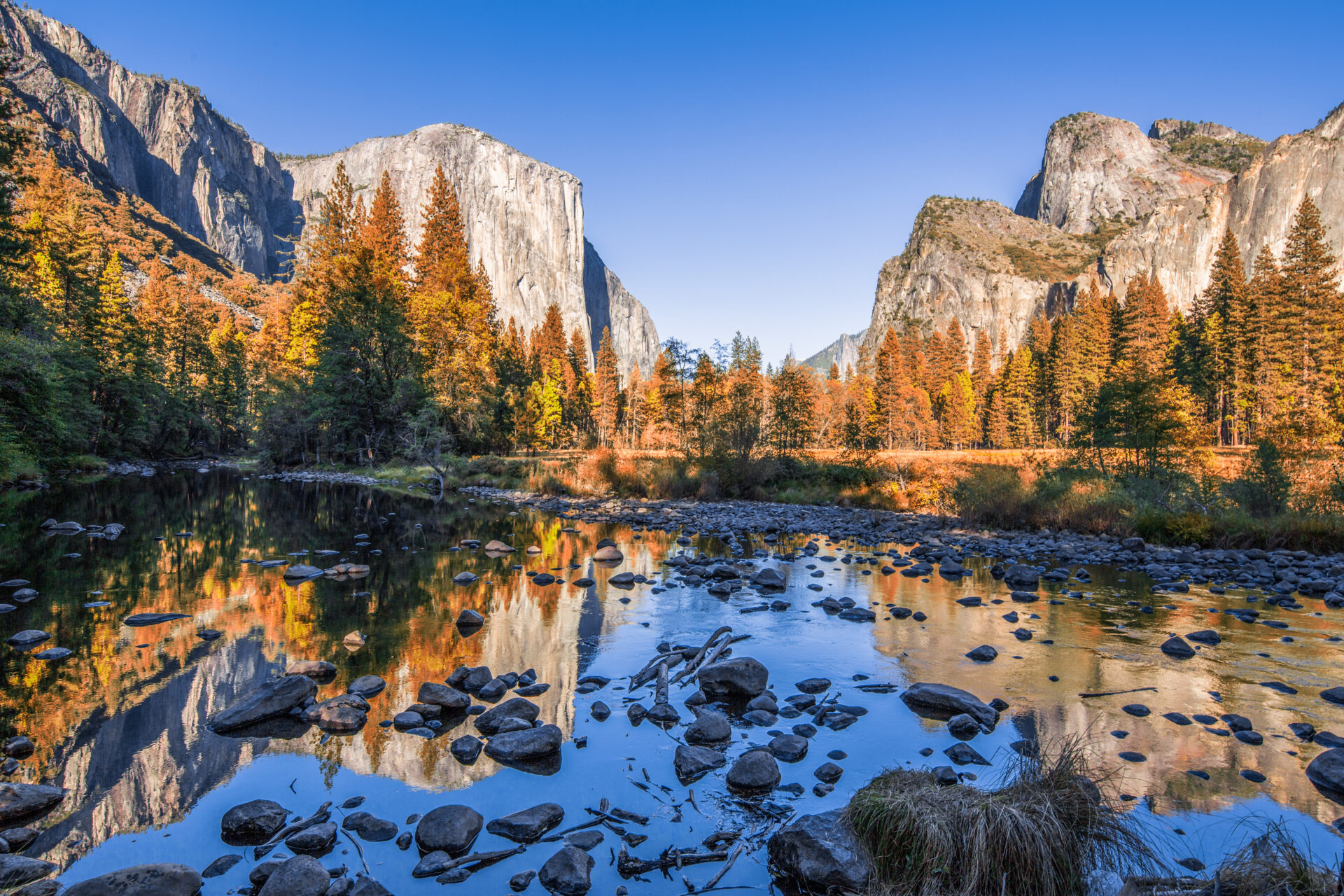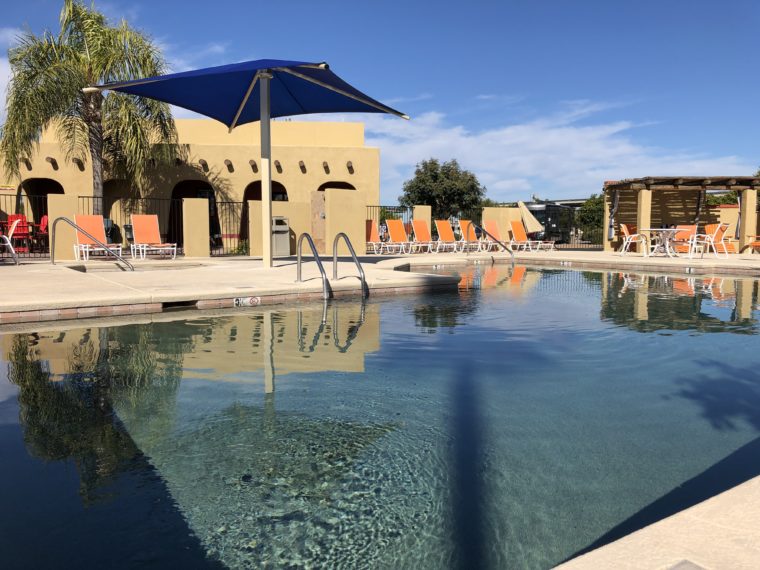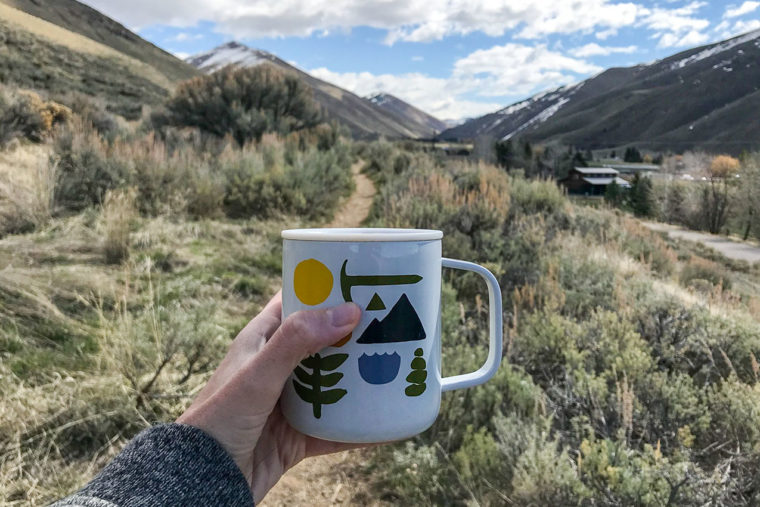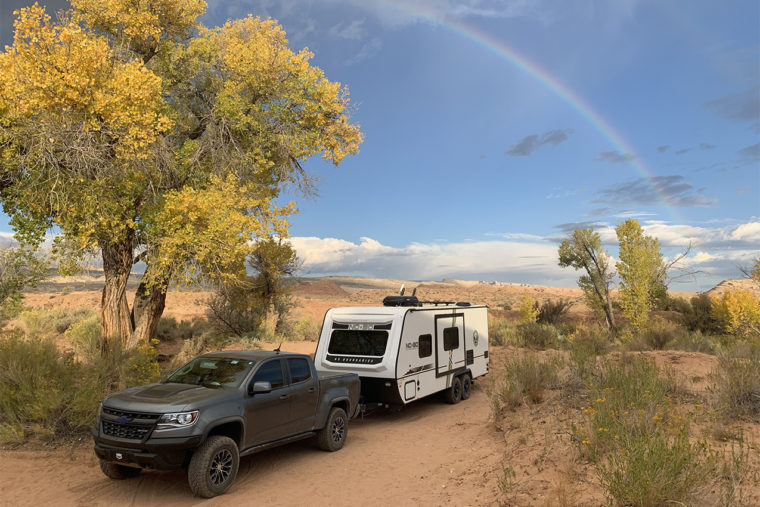Looking to scratch a few national parks off your bucket list this year? While RVing to these incredible destinations can lead you to awe-inspiring sceneries and unforgettable experiences, planning ahead is a must—especially if you want to visit and camp at more crowded national parks like Great Smoky Mountains, Yosemite, and Zion, just to name a few.
Whether you’re looking to skip the crowds or join them, here are the most (and least) popular national parks for RV camping, plus a few tips for making your camping trip a success.
NPS Changes in 2023: What You Should Know Before Planning a National Park Trip This Year
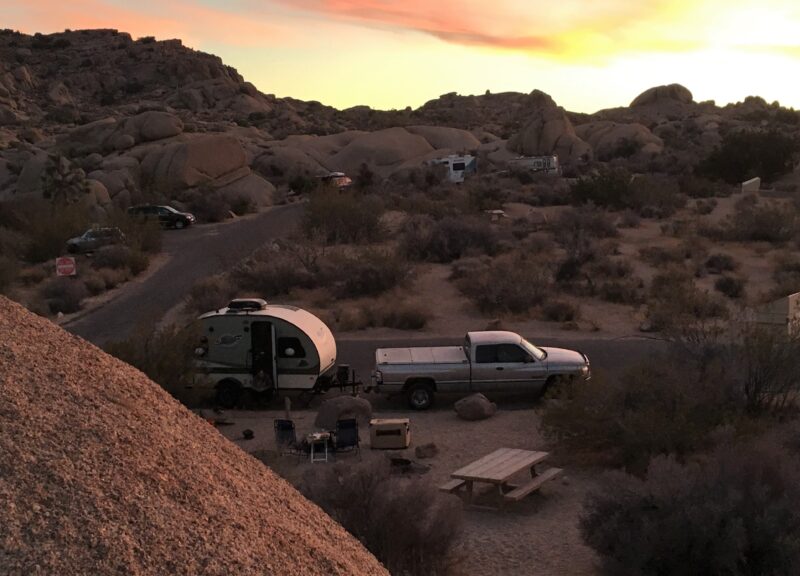
Most-Visited National Parks for RV Campers
Most of the national parks on this list are popular destinations for travelers of all kinds. But when it comes to camping, RVers need to plan well in advance to camp in or near these parks as they’re favored among rig owners.
According to the National Park Service (NPS), these national parks had the most RV campers in 2022:
- Yosemite National Park
- Great Smoky Mountains National Park
- Glacier National Park
- Olympic National Park
- Joshua Tree National Park
- Death Valley National Park
- Zion National Park
- Shenandoah National Park
- Grand Canyon National Park
- Rocky Mountain National Park
While Yosemite welcomed more than 200,000 RVers, parks like the Great Smoky Mountains, Glacier, and Olympic all saw more than 100,000 RV campers, and every park within the top 10 recorded more than 50,000 RVers last year. Though these numbers might seem small compared to the millions of visitors some of these parks see each year, when it comes to campground reservations, these crowds can make finding a campsite an adventure on its own. Yellowstone is usually included on the most-visited list, however, last year’s flooding resulted in closures and impacted the number of visitors.
Most parks offer a mix of reservable and first-come, first-served campsites. Reservation windows usually open 6 months in advance for reservable sites. Some national parks only require campground reservations during busy summer months, and return to no reservations during shoulder seasons. For example, Olympic National Park requires reservations for its popular Staircase Campground from July through August, while other months are first come, first served.
How to Secure a Last-Minute National Park Campground Reservation
Also keep in mind that national park campgrounds can range from partial- and full-hookup sites to boondocking with few (if any) amenities. There might also be RV size limitations, depending on the park’s policies. Be sure to check each campground’s rules before booking your site to avoid being turned away upon arrival.
Your Guide to Camping at 9 Popular National Parks
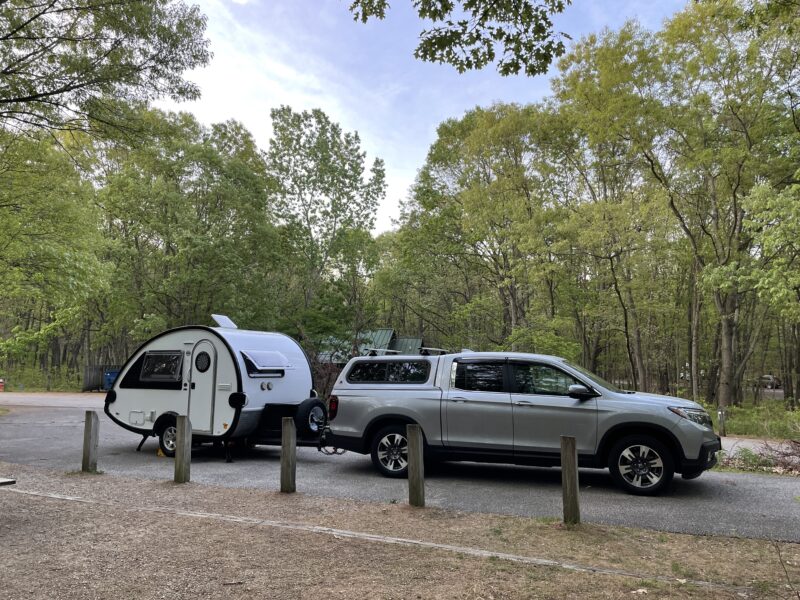
Least-Visited National Parks for RVers
If crowds and stressing over campground reservations aren’t your thing, then consider taking your rig to a less popular national park. Just because these parks aren’t as busy as other NPS sites in the U.S., that doesn’t mean they aren’t worth the visit.
Of national parks with in-park campgrounds, these ones had the fewest RV campers in 2022:
- Badlands National Park
- Wind Cave National Park
- Canyonlands National Park
- Guadalupe Mountains National Park
- New River Gorge National Park and Preserve
- Indiana Dunes National Park
- Black Canyon of the Gunnison National Park
- Mammoth Cave National Park
- Arches National Park
- Big Bend National Park
While Badlands saw less than 600 RV campers last year, Big Bend and Arches both had more than 20,000. Although Big Bend offers three NPS-managed campgrounds, Arches only has one campground, making camping there just as difficult as it is at some of the more popular locations. And despite fewer RVers, you’ll still want to plan your trip ahead of time, no matter which park you’re visiting.
5 Alternatives to Utah’s Popular National Parks
Tips for Camping at a National Park
Preparation and planning your trip sooner rather than later are key to camping at national parks, no matter how popular the destination is. Here are a few things to consider when prepping for your next national park RV adventure.
Know before you go. Check each park’s website for campground information like reservation windows; first-come, first-served policies; and rig size limitations. Even less-visited parks will have campground guidelines you’ll need to know about for your trip. You should also check for road closures, weather, and other obstacles that could affect your route to the park or campground entrance.
10 Campground Policies to Keep in Mind Before You Book
Be flexible. Staying at the same campground for the full number of days of your park visit might not always be possible. Have an open mind to switching campgrounds or spending a night or two dry camping instead of only looking for sites with hookups.
Have a backup plan. If the park you’re visiting only offers first-come, first-served campsites, you’ll need to have a backup plan prepared if the campground is at capacity when you arrive. Research nearby campgrounds outside of the park so you’re not scrambling last-minute to find a place to stay.
Visit in the off-season. If possible, consider visiting popular parks during off-season months. While the weather might not be as favorable in some locations, skipping out on the crowds can be worth the tradeoff. Besides, some parks are even more picturesque in the off-season with dustings of snow or blooming wildflowers outlining the natural landscapes.
